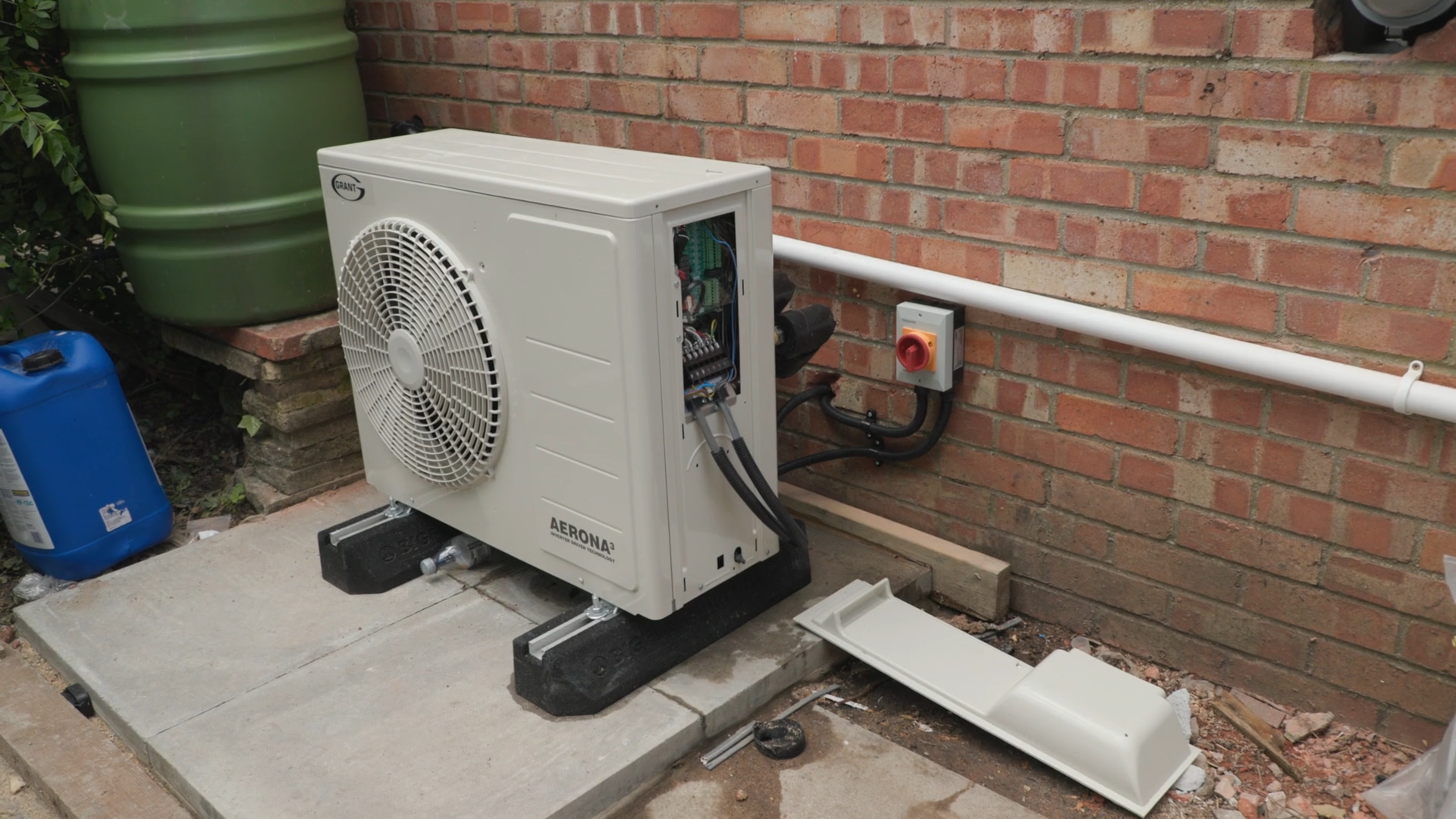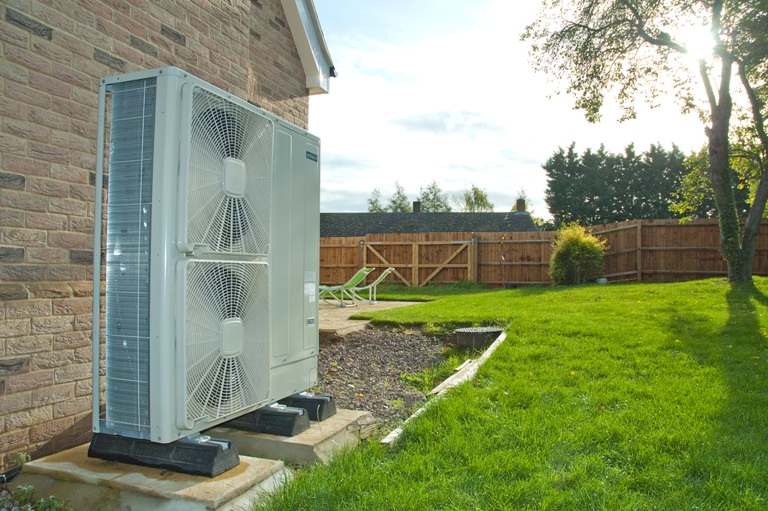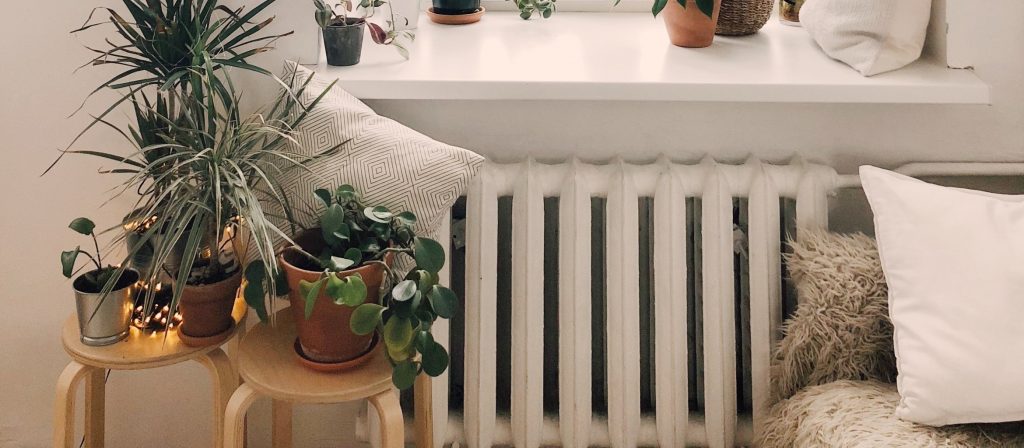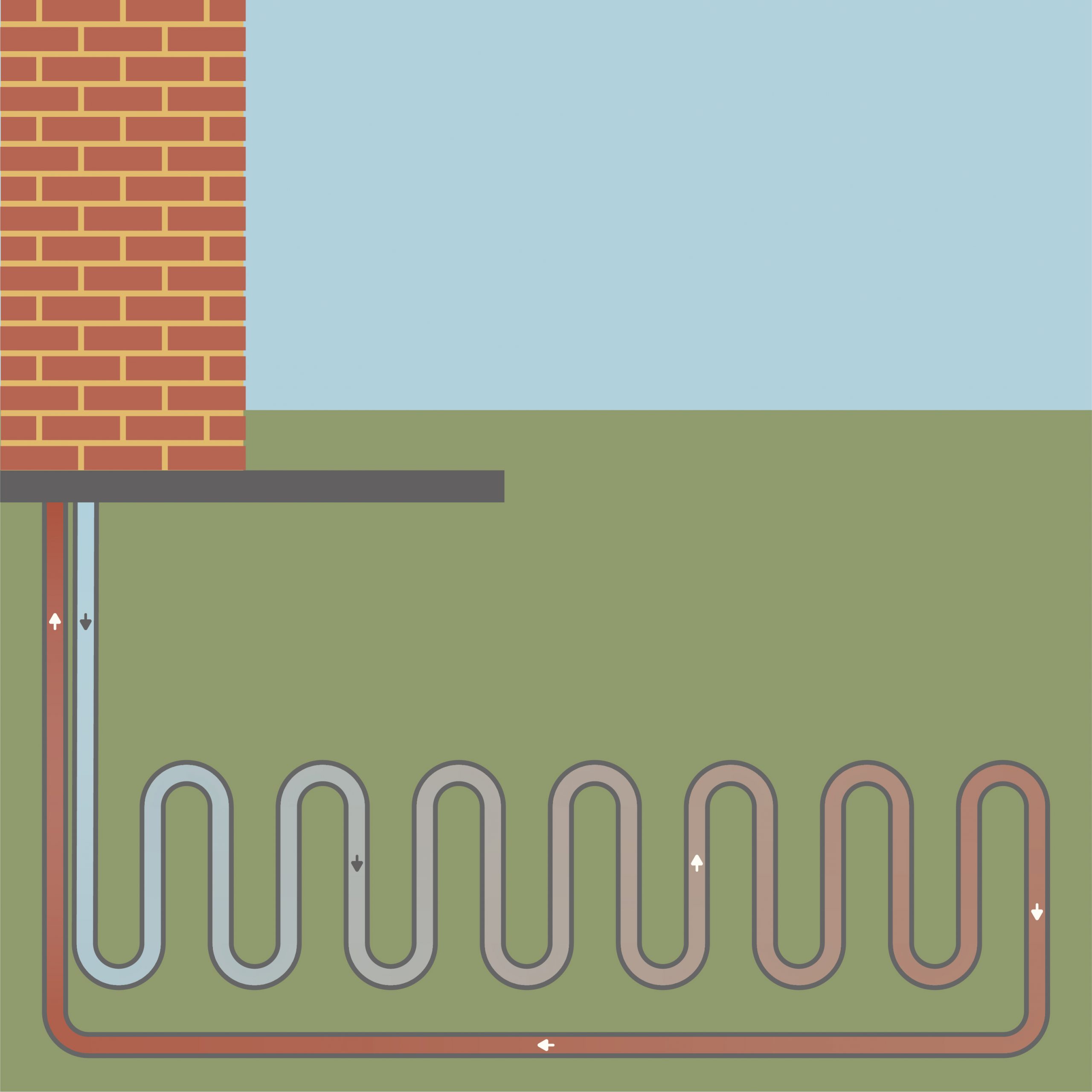
A guide to air source heat pumps
Keeping your home warm while lowering energy bills and reducing carbon emissions is a priority for many homeowners. Air source heat pumps (ASHPs) offer an efficient, low-carbon way to heat your home and provide hot water, making them an increasingly popular alternative to gas and oil boilers.
What is a air source heat pump?

Air source heat pumps (ASHPs) absorb heat from the outside air to warm your home and provide hot water. They use electricity but deliver more heat energy than the electrical energy consumed, making them a highly efficient and low-carbon heating option.
How do air source heat pumps work?

ASHPs extract heat from the air, even at low temperatures. This heat is absorbed into a fluid, compressed to raise its temperature, and then transferred to your home’s heating and hot water systems.
There are two main types of ASHPs:
- Air-to-water pumps: Transfer heat into water, which circulates via a central heating system. This type is common in the UK and suits homes with radiators or underfloor heating. ?
- Air-to-air pumps: Use fans to distribute warm air but do not provide hot water.
Is an air source heat pump suitable for your home?
Air source heat pumps work well in homes that:
- Have enough space outside for a unit to be fitted to a wall or placed on the ground. If you have larger grounds, you might also want to consider a ground source heat pump.
- Already have an existing central heating system, like radiators or underfloor heating.
- Are well-insulated and draught-proofed to minimise heat loss. Insulation is key to getting the most out of your heat pump.
Proper insulation is crucial for maximizing heat pump efficiency. Consulting a retrofit professional can help determine if an ASHP is right for your property. Our Whole House Plan offers comprehensive assessments to guide your improvements.
Real-life stories
Hook Norton retrofit
In Hook Norton, we upgraded an end-terrace cottage by replacing its old oil-fired boiler with an air source heat pump, significantly enhancing its energy efficiency. This case study demonstrates the benefits homeowners can experience from such an upgrade.
Costs and savings
According to the Energy Saving Trust, typical installation costs for an air source heat pump range from £9,000 to £11,000. However, savings will depend on your current heating system.
- Biggest savings: If you’re switching from electric storage heaters, you’re likely to see the most significant cost reductions.
- Smaller savings: If you’re replacing a gas boiler, the financial savings might be smaller, but the carbon savings will be substantial.
If you’re aiming to reduce your carbon footprint and enhance home comfort, an air source heat pump could be an ideal solution.
Will a heat pump work for you?
Keeping your home warm while lowering energy bills and reducing carbon emissions is a priority for many homeowners. Air source heat pumps (ASHPs) offer an efficient, low-carbon way to heat your home and provide hot water, making them an increasingly popular alternative to gas and oil boilers.
If you’re considering a heat pump, our Whole House Plan can help you assess if it’s the right fit for your home. Get in touch to start your journey towards a warmer, more energy-efficient home.
Need help getting started? Call our team on 0330 223 2742 (Monday to Friday) or message us today!
Read next…

Is a ground source heat pump right for your home?
Looking for a sustainable way to heat your home? A Ground Source Heat Pump might be the solution! They harness natural heat from the ground to keep your home warm and provide hot water, all while reducing carbon
Why a whole house energy efficiency approach?
Taking a whole house approach is one of the most effective ways to reduce the carbon footprint of your property while ensuring long-term energy efficiency and comfort. Instead of focusing on individual fixes, this strategy looks at your home as a complete
